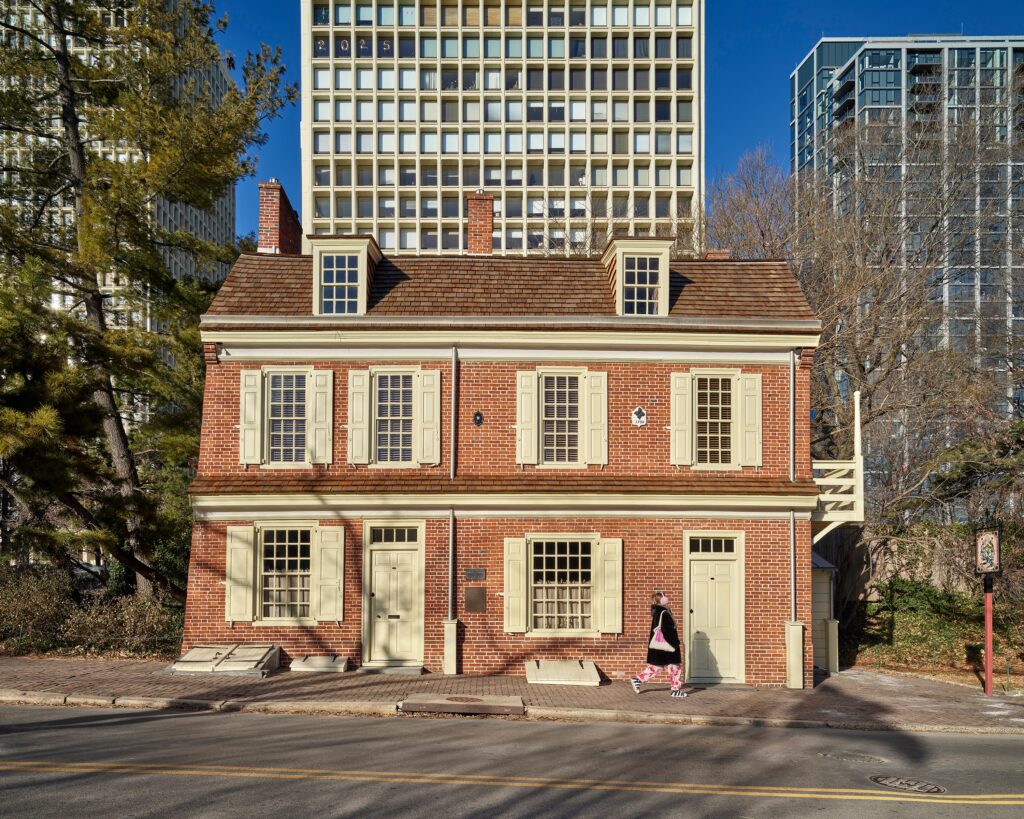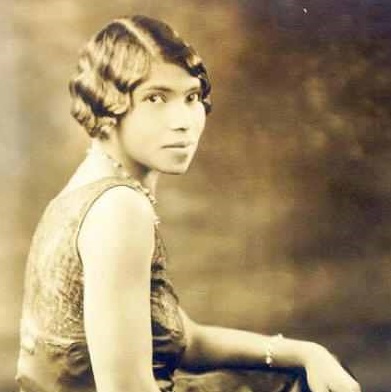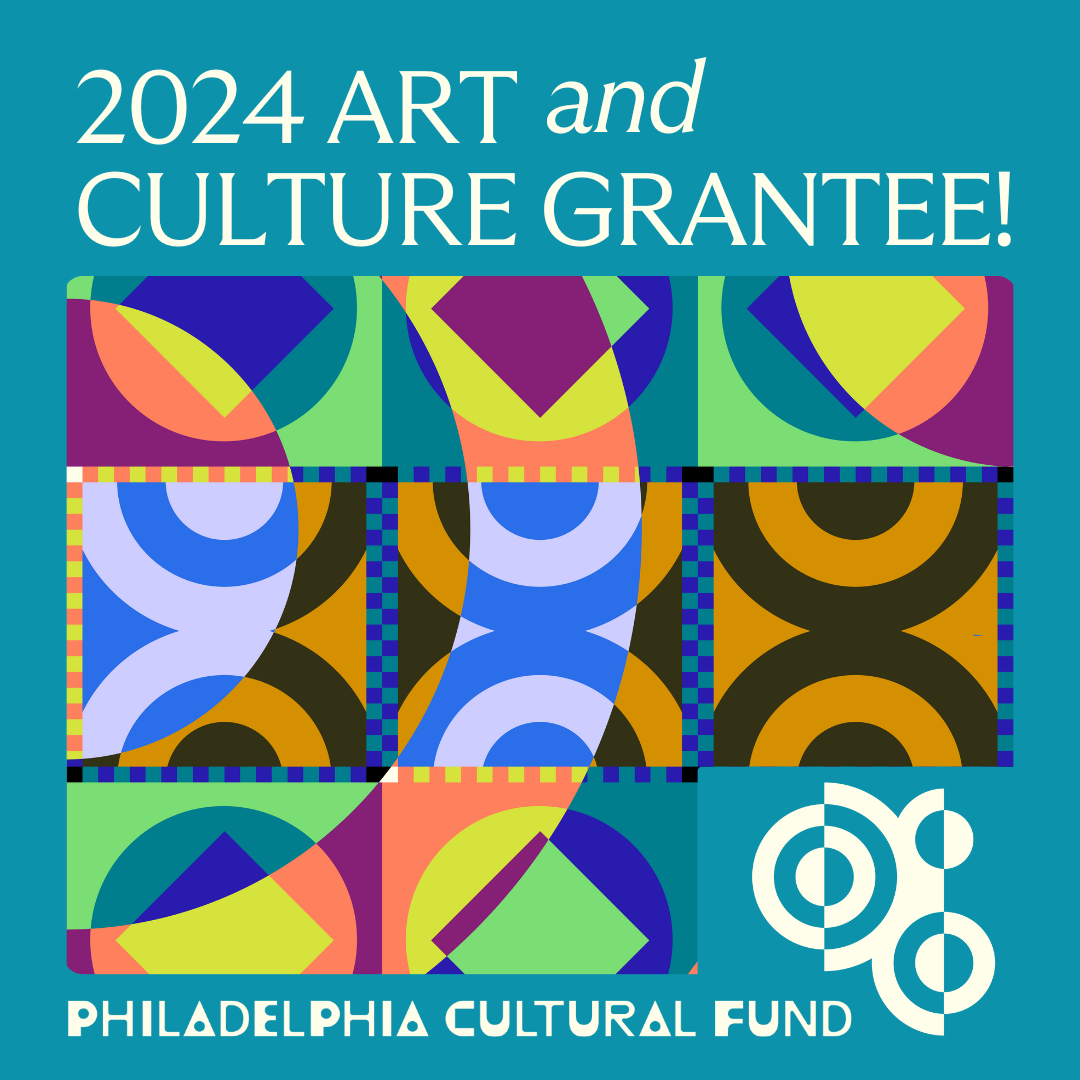Visit the Wharton Esherick Museum, home and studio of American artist, sculptor, and woodworker Wharton Esherick, honored at the 2025 Preservation Achievement Awards for WEM’s colorful silo restoration. Esherick considered his Studio an autobiography in three dimensions. The final addition to the Studio was the Silo, a cylindrical form reminiscent of the grain silos that dotted the
Archives: Walking Tours
Daytrip to the Raymond Farm Center + Nakashima Woodworkers
In honor of this year Preservation Achievement Award to the Nakashima Foundation for Peace for their documentation of the Nakashima family home, the Preservation Alliance is excited to arrange a joint tour with the Raymond Farm Center and Nakashima Woodworkers in New Hope to share the incredible stories of architect and designers Antonin & Noémi
Wharton Esherick Museum
Visit the Wharton Esherick Museum, home and studio of American artist, sculptor, and woodworker Wharton Esherick, honored at the 2025 Preservation Achievement Awards for WEM’s colorful silo restoration. Esherick considered his Studio an autobiography in three dimensions. The final addition to the Studio was the Silo, a cylindrical form reminiscent of the grain silos that dotted
Garden Court
Join Preservation Alliance Executive Director Paul Steinke for a walking tour of his former neighborhood, Garden Court. The brainchild of developer Clarence Siegel, Garden Court took shape in the 1920s, occupying in a tiny sliver of undeveloped land in the midst of West Philadelphia’s older streetcar suburbs. A planned community of detached, semi-detached and row
Callowhill Cross Section
Just north of Center City, Callowhill Street and nearby blocks tell the story of Philadelphia’s emergence as an industrial “Workshop of the World” and the many strategies for revival after manufacturing declined. We will find traces of railroads, see how factories have been adapted for new purposes, and encounter unexpected outcomes of urban renewal. Our
A Man Full of Trouble Tavern and Museum

A Man Full of Trouble, built in 1759, is Philadelphia’s only surviving colonial tavern. Recently restored and honored in this year’s Preservation Achievement Awards, it now operates as a tavern museum, with a working bar on the first floor. Upstairs is a three-room museum that tells the stories of the tavern and the “urban renewal”
A Visit to the Marian Anderson House & Museum

The Marian Anderson Museum officially reopened in March after extensive restoration following a 2020 flood. Located at 762 South Martin Street in Graduate Hospital, the museum was once home to the legendary Marian Anderson, whose 1939 concert at the Lincoln Memorial challenged racial barriers in the arts. The Preservation Alliance is proud to have supported
Parkside
Built from the vestiges of the 1876 Centennial landscape by Frederick Poth and his young architect Henry Flower, Parkside rose and fell over the next century due to its changing demographics. Extensive decay by the 1980s was reversed starting in the ’90s by beautiful building restorations that retained the neighborhood’s affordability. Learn about the historic preservation
Frankford
Explore the history of a unique faith community—the New Jerusalem Society of Frankford (Swedenborgian)—organized in 1817 as a Free-Will Baptist church on Hedge and Bowser (now Plum) Streets. HSF Board member Gail McCormick, author of a new book on Philadelphia’s Swedenborgians, will orient guests in the related gallery exhibit at 10 a.m. The walking tour
East Falls
East Falls transitioned from a small fishing outpost along the Schuylkill River to a major mill town in the 1800s, but the last mills closed almost a century ago. As the mills were closing, the neighborhood developed into a ‘suburb’ within Philadelphia. This tour will look at the changes from 1900 to the mid-century with
